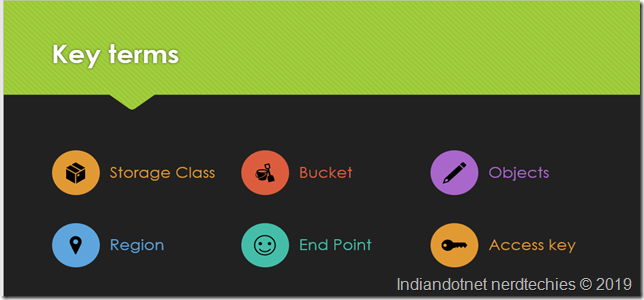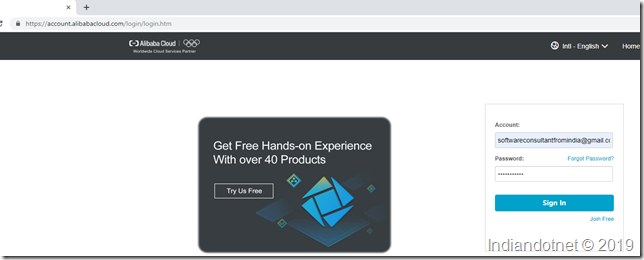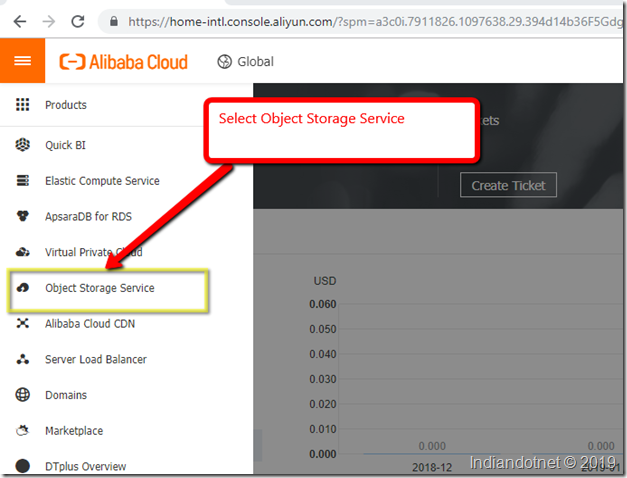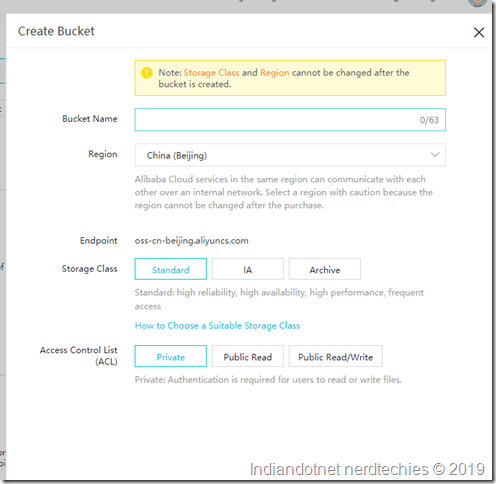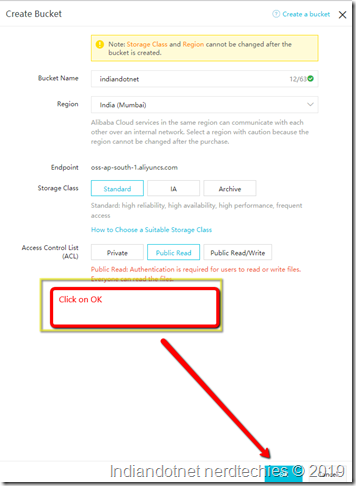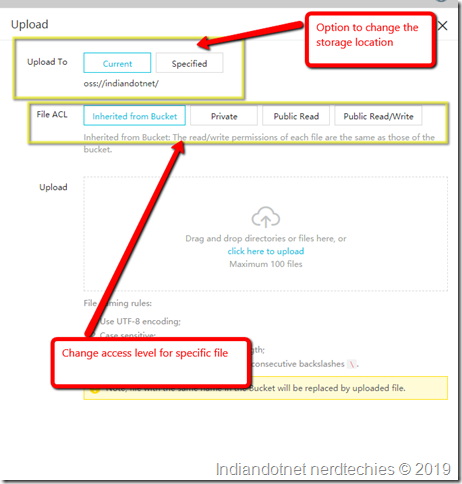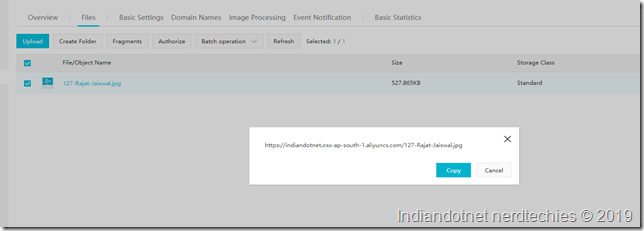Objective: In this post, we, try to understand what is Object Storage Service in Alibaba Cloud and how to create your first Object Storage Service. We will try to understand the different business scenario where we can utilize this OSS service.
Prerequisites: The first and most important requirement is that you should have Alibaba Cloud account handy with you.
Now, as we are pretty much clear with the objective of the post and perquisites so, let’s understand what is OSS (Object Storage Service).
As the name suggest OSS (Object Storage Service) is the API service provided by Alibaba Cloud to Store different objects. It is one of the famous and unique storage services. You can store any object, any amount of data. The object can be anything which can be store for frequent access or backup or Archive any purpose.
Now, let’s understand this by different Business scenario , suppose you are running a shopping cart project where you have lots of images of the products then those images can be upload in OSS and one of the great feature which you will not find any other Cloud Storage service is that you can do image processing as well at runtime without writing a single line of code.
Similarly, You can store your shopping cart’s invoice backup or data backup. Or If you are doing any signing agreement with your dealer of sub-dealer then the singing contract pdf, image, etc can be stored in OSS.
Now, before going Alibaba Cloud Console let’s understand some other terms or properties to understand OSS
Bucket:- The first and most important term is Bucket. So, whenever you create an OSS you generally create a Bucket where you are going to store Objects.
Storage class:- Storage class you can think like usage of object access frequency there are 3 types exists in Storage class
- Standard:– Standard like the object which you saved in the bucket can be used frequently. For example, if you have Instagram like the site then the images can be saved in Standard class account.
- Infrequent Access:- This you can think like a life cycle to store the object is high but it will be accessed infrequently. Means, not very often. Although, there is a minimum storage duration limit is 30 days.
- Archive:- As the name suggests it is just for storage purpose only. The chances to access this object is very rare. Similar to the IA class, Archive has a minimum of 60 days storage duration.
Now, You can think the above classes type like Hot & Cold access. Now, depending upon the accessibility and storage the charges will vary.
Region: Now, the region is like a geographical location where the object primarily saved and access. Alibaba cloud has various region available.
End Point:- The endpoint is nothing but the URL (Domain Name) by which the service will be accessed by us.
Access Key: Access key is nothing but Access key ID and secret. which ensure the service is accessible by an HTTP request.
Below are some of the features
- High availability 99.999999%
- No storage Limit
- Hight throughput and low – latency access performance (although for Archive Latency can be in Minute for other classes it is in MS)
- Support HTTPS
- We can process images as well (except archive class)
Accessibility of Storage: We can access the storage by following ways
- https URL
- SDK (we can use different programming language)
- OSSBrowser (A Graphical tool to access OSS just assume like file browser)
- OSSCLI ( Common Line Interface tool)
- OSSFs (Is tool to mount storage to your Local File system which you can access like any other drive)
Now, without wasting the time we are going to see how to use OSS. Let’s start step by step
Step 1:- Open https://account.alibabacloud.com/login/login.htm and provide your valid username and password.
Step 2:- After Login click on Console option on the top. You will get the following screen. Where you have to select Object Storage Service
Step 3:- After clicking the OSS you will get Dashboard. Which give you the option to create new Buckets, see existing buckets and bandwidth /Storage consumed so far.
Step 4:- As we need to create a new Bucket to click on Either + symbol on the Left side or option create a bucket on the right side.
Here you can provide the unique bucket name provide the region, storage class and Access Control List as per your need. Once you filled the details click the OK button as I did in the following screen
Step 5: After clicking the OK button our first Bucket is created with the name “Indiandotnet”. You will see different details and option.
Step 6:- Here, we will click on the Files tab.
We can see a different option like Upload, create Folder, etc. Just below to that we have existing uploaded files detail.
Now, let’s try to upload a file by clicking upload button available on the screen.
Step 7:- This is the best part which you will agree. We can upload the file either on the root or any specific folder. Apart from this, we can control the Access of the File from private, public read, public read /Write
Step 8:- Just upload any file you want. After upload, you will find the file details in the grid as shown in below screen.
Step 9:- Here, when you click on More option next to the file row you will find a context menu with different option as shown in below screen. We will discuss those option later but for current interest just click on Copy File URL.
Step 10: When you click on Copy File URL you will get URL of the file as shown in below screen. Just copy the URL and access the file.
So, After reading the above steps and details you will be able to answer the following questions
What is OSS (Object Storage Services)?
What are the Key terms Of OSS?
How to Create our First OSS?
How to Access your file using HTTPS URL?
In the next few posts, I am going to describe some more tips which will be helpful to answer
How to process uploaded image at runtime? a very exciting and unique feature which I doubt supported by any other cloud provider.
How to access the storage programmatically via C#.
Please, provide your inputs on this post and wait for a few exciting posts related to Alibaba cloud Object Storage Service.
